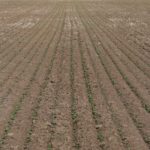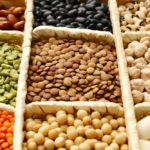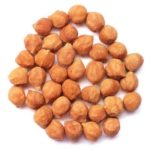CNS Canada — After years of western Canadian farmers rushing to lock in pulse crop contracts during the spring, this year that hasn’t been the case. “Normally I would say that I’d have my plant booked to December and I don’t have a single thing booked this year. But does that mean we’re not going […] Read more













